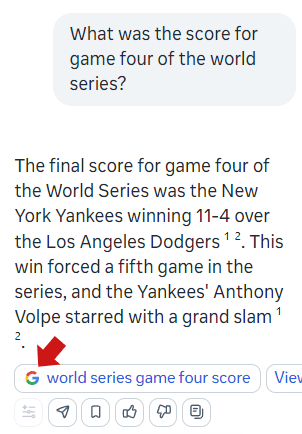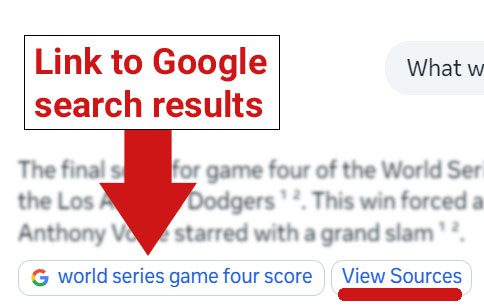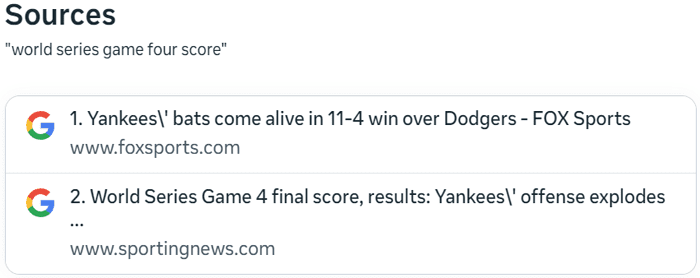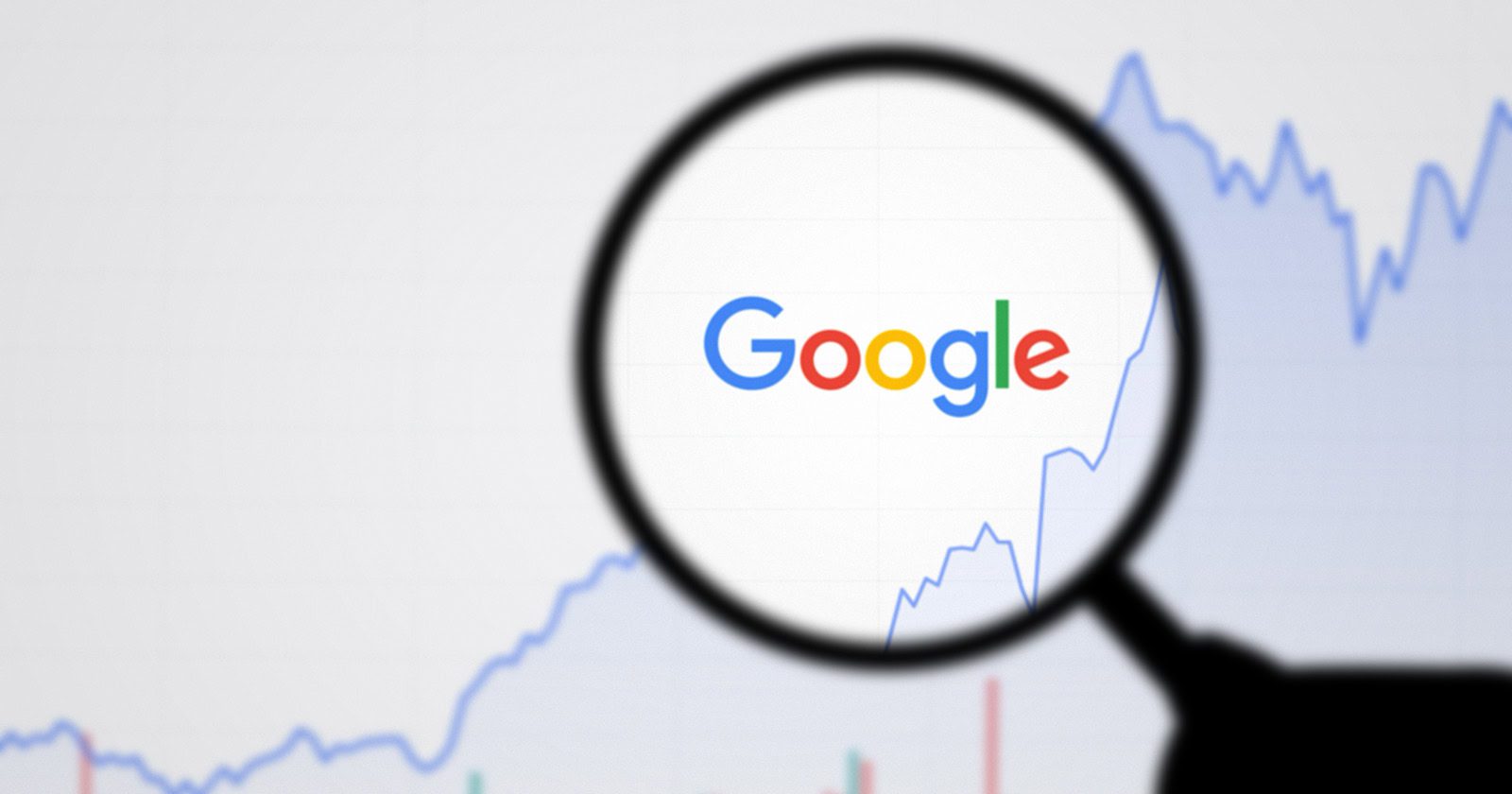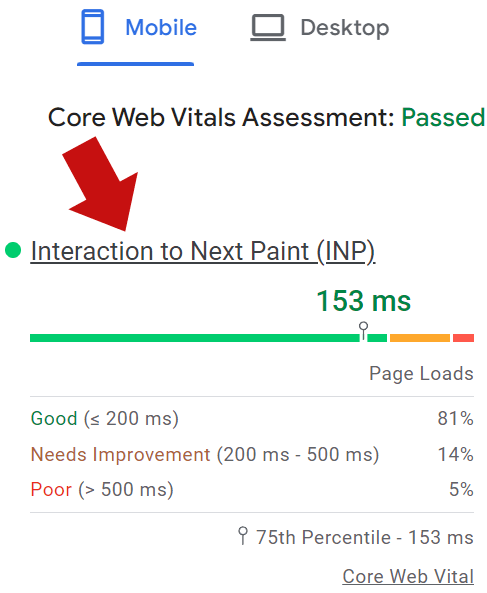Automattic’s Response To WP Engine Lawsuit Reframes Narrative via @sejournal, @martinibuster

Lawyers for Matt Mullenweg and Automattic filed a motion to dismiss the lawsuit from WP Engine, offering a different perspective on the dispute’s underlying causes.
The motion to dismiss claims that the one causing harm isn’t Mullenweg and Automattic but WP Engine, asserting that WP Engine is compelling the defendant to provide resources and support free of charge as well as to restrict the Mullenweg’s ability to express his opinions about WP Engine’s practices.
The motion to dismiss begins by accuses WP Engine of selectively choosing recent events as basis for their complaint. It then fills in the parts that were left out, beginning with the founding of WordPress over two decades ago when Matt co-founded a way to create websites that democratized Internet publishing in the process. The motion outlines how his organization devoted thousands of person-years to growing the platform, eventually getting it to a point where it now generates an estimated $10 billion dollars per year for thousands of companies and freelancers.
The point of the first part of the motion is to explain that Mullenweg and Automattic support the open source WordPress project because the project depends on a “symbiotic” relationship between the WordPress community and those who are a part of it, including web hosts like WP Engine.
“But the success and vitality of WordPress depends on a supportive and symbiotic relationship with those in the WordPress community.”
After establishing what the community is, how it was founded and the role of Mullenweg and Automattic as a strongly supportive of the community, it then paints a picture of WP Engine as a company that reaps huge benefits from the volunteer work and donated time without adequately giving back to the community. This is the part that Mullenweg and Automattic feel is left out of WP Engine’s complaint, that Mullenweg was expressing his opinion that not only should WP Engine should provide more support to the community and that Mullenweg was responding to the threat posed by the plaintiff’s behavior.
The motion explains:
“Plaintiff WP Engine’s conduct poses a threat to that community. WP Engine is a website hosting service built on the back of WordPress software and controlled by the private equity firm Silver Lake, which claims over $100B of assets under management.
…In addition to WordPress software, WP Engine also uses various of the free resources on the Website, and its Complaint alleges that access to the Website is now, apparently, critical for its business.”
Lastly, the beginning part of the motion, which explains the defendant’s side of the dispute, asserts that the defendant’s behavior was entirely within their legal right because no agreement exists between WordPress and WP Engine that guarantees them access to WordPress resources and that WP Engine at no time tried to secure rights to access.
The document continues:
“But the Complaint does not (and cannot) allege that WP Engine has any agreement with Matt (or anyone else for that matter) that gives WP Engine the right to use the Website’s resources. The Complaint does not (and cannot) allege that WP Engine at any time has attempted to secure that right from Matt or elsewhere.
Instead, WP Engine has exploited the free resources provided by the Website to make hundreds of millions of dollars annually. WP Engine has done so while refusing to meaningfully give back to the WordPress community, and while unfairly trading off the goodwill associated with the WordPress and WooCommerce trademarks.”
Accusation Of Trademark Infringement
The motion to dismiss filed by Mullenweg and Automattic accuse WP Engine of trademark infringement, a claim that has been at the heart of of Mullenweg’s dispute, which the legal response says is a dispute that Mullenweg attempted to amicably resolve in private.
The legal document asserts:
“In 2021, for the first time, WP Engine incorporated the WordPress trademark into the name of its own product offering which it called “Headless WordPress,” infringing that trademark and violating the express terms of the WordPress Foundation Trademark Policy, which prohibits the use of the WordPress trademarks in product names. And, over time, WP Engine has progressively increased its use and prominence of the WordPress trademark throughout its marketing materials, ultimately using that mark well beyond the recognized limits of nominative fair use.”
What Triggered The Dispute
The defendants claim that WP Engine benefited from the open source community but declined to become an active partner in the open source community. The defendants claim that they tried to bring WP Engine into the community as part of the symbiotic relationship but WP Engine refused.
The motion to dismiss is interesting because it first argues that WP Engine didn’t have an agreement with Automattic for use of the WordPress trademark nor did it had an agreement for the rights to have access to WordPress resources. Then it shows how the defendants tried to reach an agreement and that it was WP Engine’s refusal to “meaningfully give back to the WordPress community” and come to an agreement with Automattic is what triggered the dispute.
The document explains:
“Matt has attempted to raise these concerns with WP Engine and to reach an amicable resolution for the good of the community. In private, Matt also has encouraged WP Engine to give back to the ecosystem from which it has taken so much. Preserving and maintaining the resources made available on the Website requires considerable effort and investment—an effort and investment that Matt makes to benefit those with a shared sense of mission. WP Engine does not
embrace that mission.WP Engine and Silver Lake cannot expect to profit off the back of others without carrying some of the weight—and that is all Matt has asked of them. For example, Matt suggested that WP Engine either execute a license for the Foundation’s WordPress trademarks or dedicate eight percent of its revenue to the further development of the open source WordPress software.”
Mullenweg Had Two Choices
The above is what Mullenweg and Automattic claim is at the heart of the dispute, the unwillingness of WP Engine to reach an agreement with Automattic and become a stronger partner with the community. The motion to dismiss say that WP Engine’s refusal to reach an agreement left Mullenweg few choices of what to do next, as the motion explains:.
“When it became abundantly clear to Matt that WP Engine had no interest in giving back, Matt was left with two choices: (i) continue to allow WP Engine to unfairly exploit the free resources of the Website, use the WordPress and WooCommerce trademarks without authorization, which would also threaten the very existence of those trademarks, and remain silent on the negative impact of its behavior or (ii) refuse to allow WP Engine to do that and demand publicly that WP Engine do more to support the community.”
Disputes Look Different From Each Side
Matt Mullenweg and Automattic have been portrayed in an unflattering light since the dispute with WP Engine burst into public. The motion to dismiss communicates that Mullenweg’s motivations were in defense of the WordPress community, proving that every dispute looks different depending on who is telling the story. Now it’s up to the judge to decide.
Featured Image by Shutterstock/santypan




